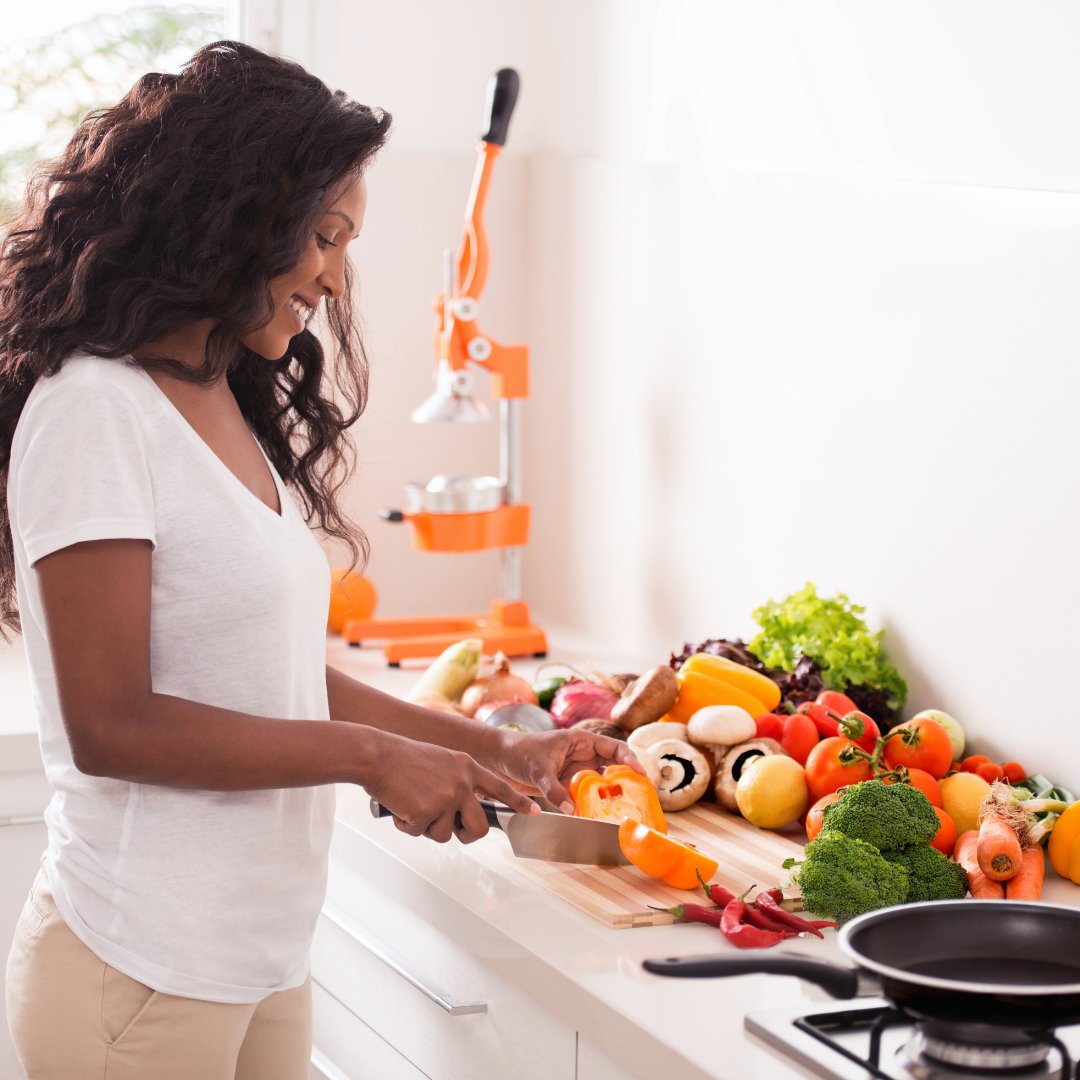
Easy Weeknight Dinners for Busy Home Cooks: Quick and Delicious Meal Ideas
Busy home cooks often find themselves struggling to prepare healthy, satisfying meals amidst a hectic schedule. Easy weeknight dinners can be crafted quickly with minimal ingredients, allowing for delicious meals that fit into tight timelines. These recipes are designed to help streamline dinner preparation, making weeknights less stressful.
Simple dishes can be both nutritious and flavorful, requiring little more than a few staple ingredients and a few basic techniques. From one-pan meals to quick stir-fries, the options available cater to various dietary preferences and family tastes.
With these easy recipes in hand, anyone can turn a chaotic evening into a family dinner that brings everyone together. Engaging and practical, these meals emphasize efficiency without sacrificing quality.
Essential Strategies for Easy Weeknight Dinners
Efficient weeknight dinners rely on practical techniques that save time and simplify the cooking process. By focusing on smart choices in the kitchen, readers can create satisfying meals even on the busiest nights.
Time-Saving Kitchen Techniques
To streamline cooking, certain kitchen techniques are essential. One effective method is mise en place, which means preparing all ingredients before starting to cook. Chopping vegetables and measuring out spices in advance can significantly reduce cooking time.
Utilizing efficient cooking appliances can also help. A pressure cooker or slow cooker can be a busy cook’s best friend. They can transform simple ingredients into gourmet meals with minimal effort. Additionally, learning to multitask—like boiling pasta while sautéing vegetables—can shorten overall cooking time.
Smart Ingredient Selection
Choosing the right ingredients is crucial for quick weeknight dinners. Opting for pre-chopped vegetables or frozen produce can save considerable prep time. Recipes that include protein sources such as rotisserie chicken or canned beans can further speed up meal preparation.
Stocking the pantry with versatile staples like pasta, rice, and canned tomatoes can also facilitate quick cooking. A well-planned grocery list that focuses on these key items will ensure a ready supply of ingredients on busy nights. These choices make it easier to assemble a meal without extensive planning.
Efficient Meal Planning Tips
Effective meal planning can simplify weeknight cooking. A good place to start is to designate one day a week for meal prep. This can include making larger batches of dishes that freeze well, like soups or casseroles.
Using a meal calendar can help organize meals for the week. This allows busy cooks to visualize what to prepare each night, minimizing last-minute decisions. Incorporating flexible recipes that can adapt to available ingredients also supports efficient planning, ensuring that dinners remain simple and satisfying.
Quick and Satisfying Dinner Ideas
For busy home cooks, quick, satisfying dinners are essential on hectic weeknights. Simple recipes that require minimal cleanup and preparation time can help keep stress levels low while still delivering flavor and nutrition.
One-Pot and Sheet Pan Recipes
One-pot meals are ideal for weeknight dinners, as they minimize cleanup and cooking time. Dishes like chicken and vegetable stir-fry or spaghetti with sausage can be prepared in one pan.
For sheet pan recipes, baked lemon garlic chicken with asparagus and potatoes offers a complete meal. Simply season the ingredients, arrange them on a sheet pan, and let the oven do the work.
These recipes often take around 30-45 minutes, allowing busy cooks to focus on unwinding and enjoying family time.
30-Minute Meals
Thirty-minute meals ensure that even the busiest individuals can enjoy a home-cooked dinner. Options like taco salads provide a flavorful, quick option that’s also healthy. Ground beef or turkey can be browned in a skillet while the salad components—lettuce, tomatoes, and cheese—are prepared.
Another quick option is shrimp stir-fry. Shrimp cooks rapidly, and combining it with frozen mixed vegetables creates a colorful and nutritious dinner. Both meals require limited ingredients and can pack a punch in terms of flavor.
Family-Friendly Options
Family-friendly dinners should appeal to various tastes while prioritizing convenience. Mini pizzas made from English muffins can be customized by each family member, making dinner interactive and enjoyable.
Macaroni and cheese with added vegetables like broccoli or peas makes for a comforting yet nutritious meal, appealing to children and adults alike.
These recipes can help create a joyful dining atmosphere, ensuring that everyone leaves the table satisfied, even on busy weeknights.
Maximizing Leftovers for Future Meals
Leftovers can transform busy weeknights when efficiently reused. By implementing creative strategies and proper storage techniques, they provide quick meal solutions that save time and reduce food waste.
Creative Ways to Reuse Leftovers
Leftovers offer an opportunity to create diverse meals. Here are some ideas:
- Stir-fries: Combine leftover proteins and vegetables with rice or noodles for a quick stir-fry. Use soy sauce, ginger, or garlic to enhance flavors.
- Casseroles: Layer leftover meats, grains, and vegetables with a sauce and cheese for a hearty casserole. Bake until bubbly for a satisfying dish.
- Wraps and Sandwiches: Use leftover proteins and veggies to fill wraps or sandwiches. Add sauces or spreads for extra taste.
- Soups and Stews: Chop leftover ingredients and simmer them with broth. This yields a nourishing soup perfect for busy nights.
These methods create new meals while minimizing waste, showcasing versatility in the kitchen.
Safe Storage and Reheating Tips
Proper storage and reheating are crucial for safety and quality. Follow these guidelines:
- Cool Quickly: Refrigerate leftovers within two hours of cooking to prevent bacteria growth.
- Sealable Containers: Store leftovers in airtight containers. Glass containers are ideal for microwave reheating.
- Labeling: Use labels with dates to keep track of freshness. Consume leftovers within three to four days.
- Reheating: Reheat leftovers to an internal temperature of 165°F (74°C). Stirring helps heat evenly and thoroughly.
- Freezing: For longer storage, freeze items in portions. Thaw in the refrigerator before reheating.
Following these tips ensures meals are safe and enjoyable, making busy nights simpler for cooks.





